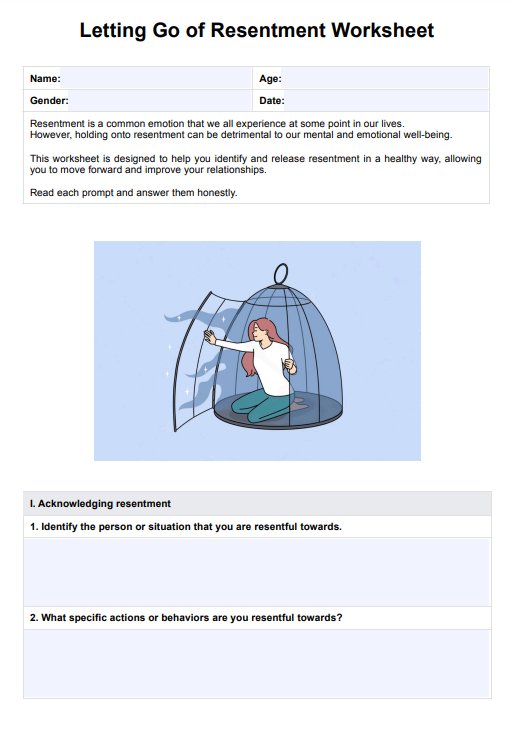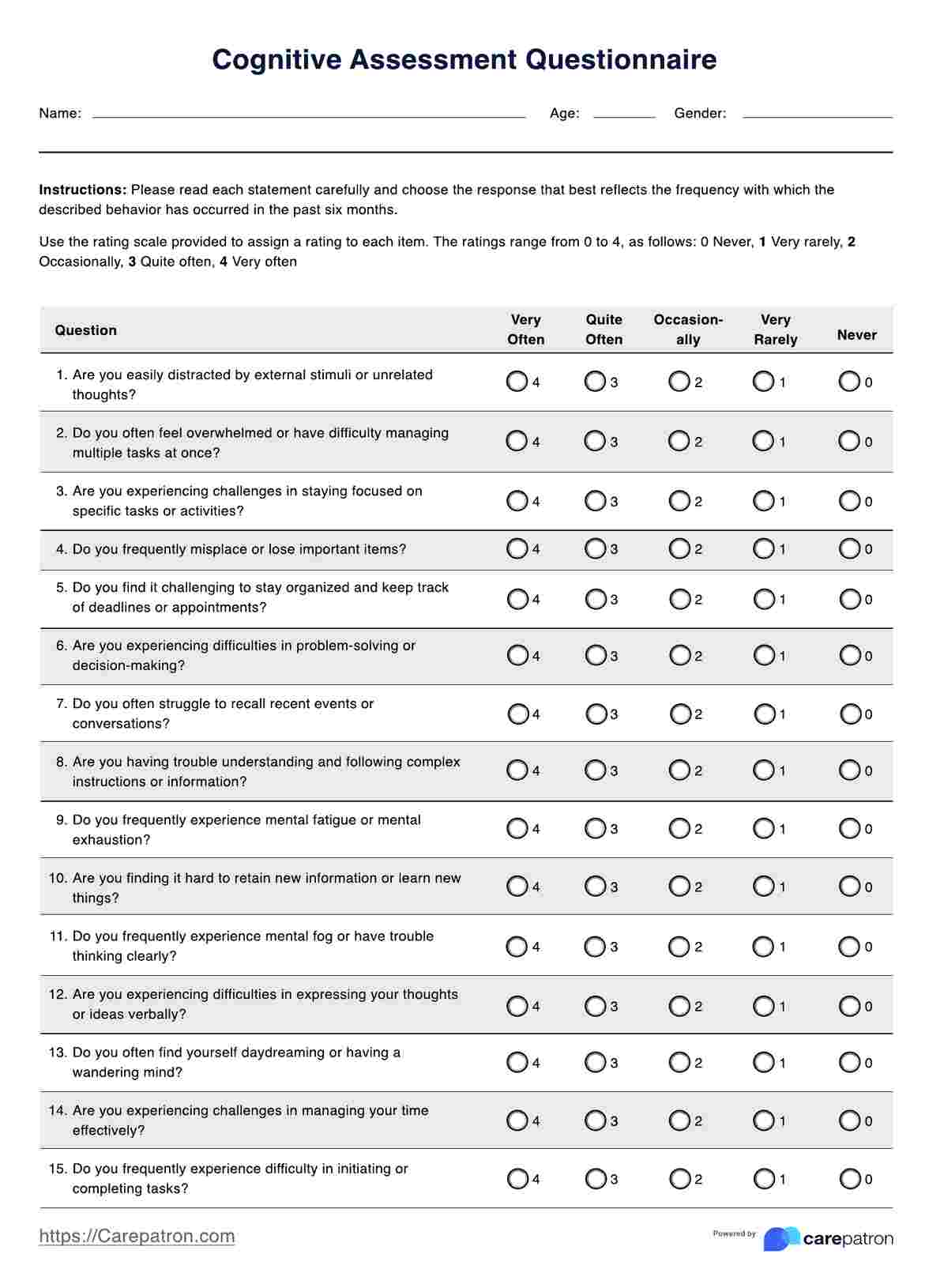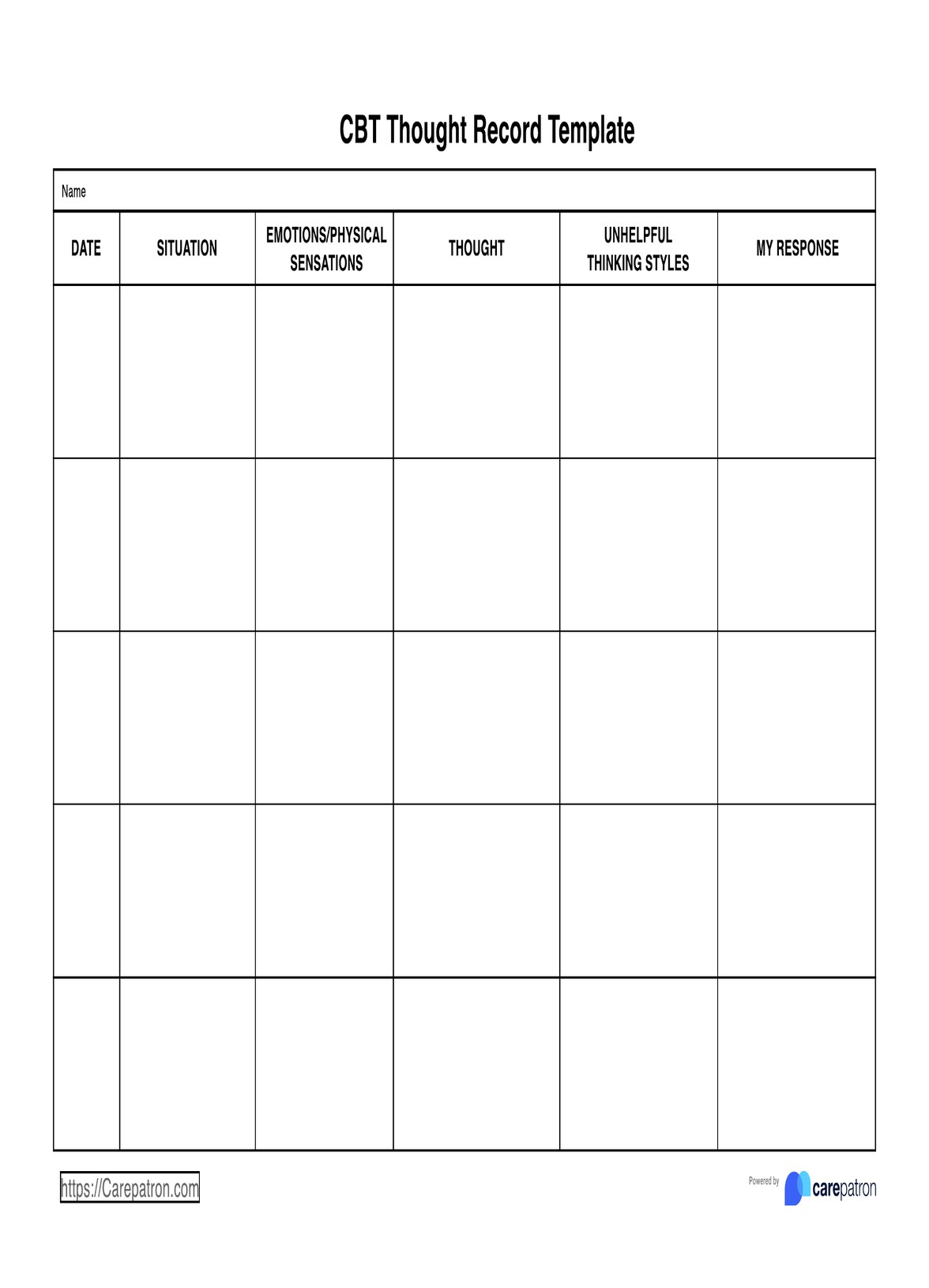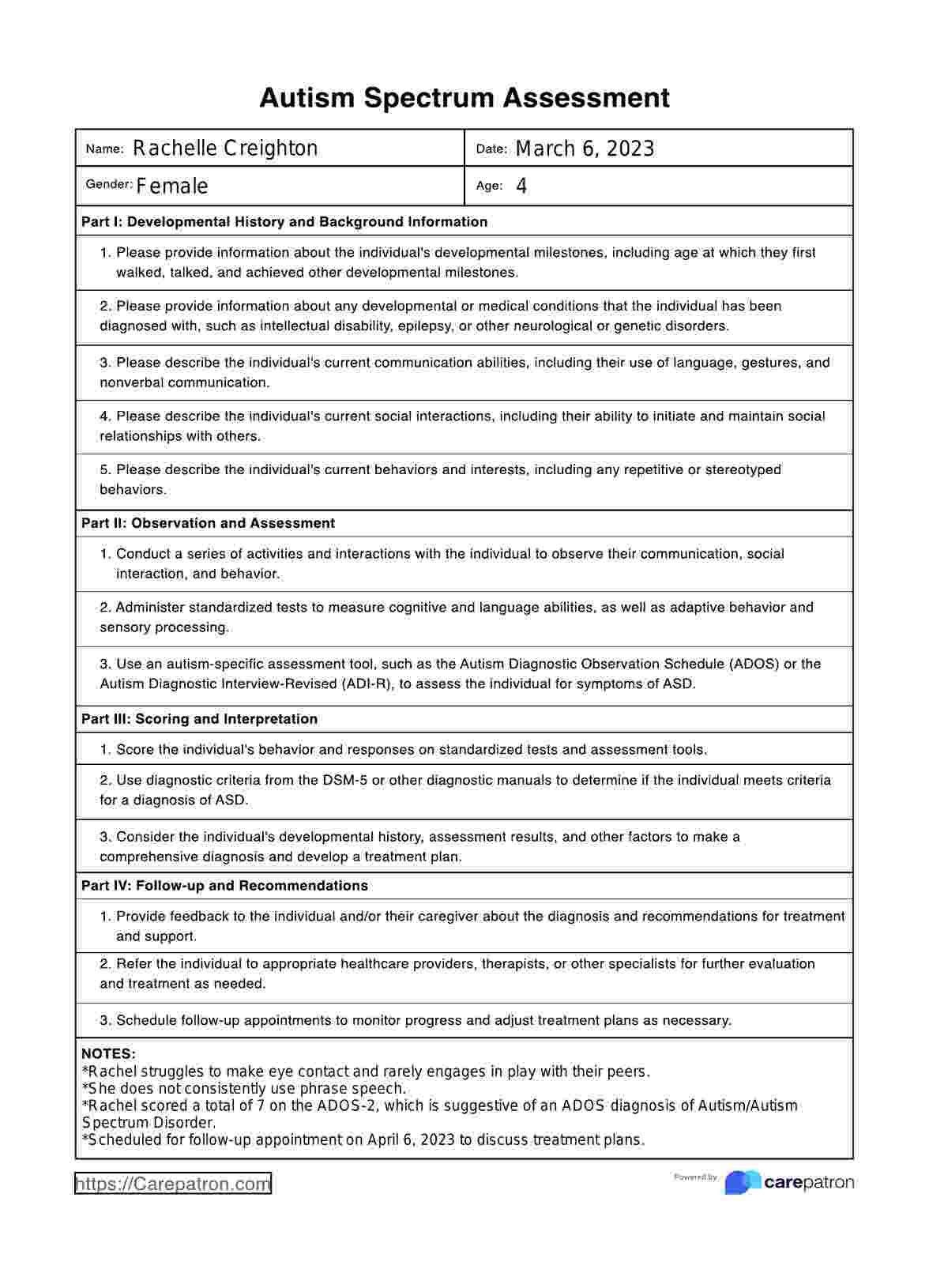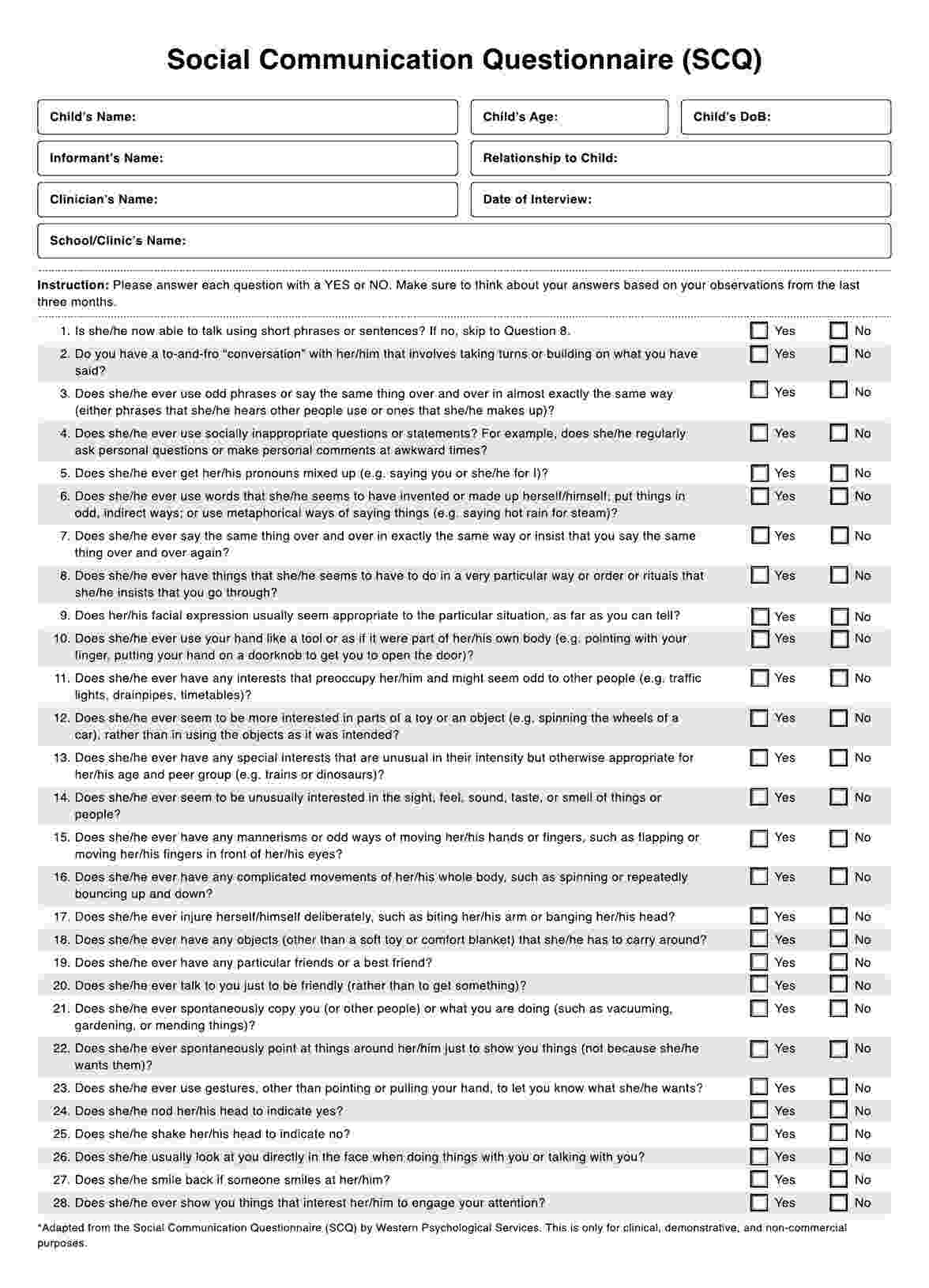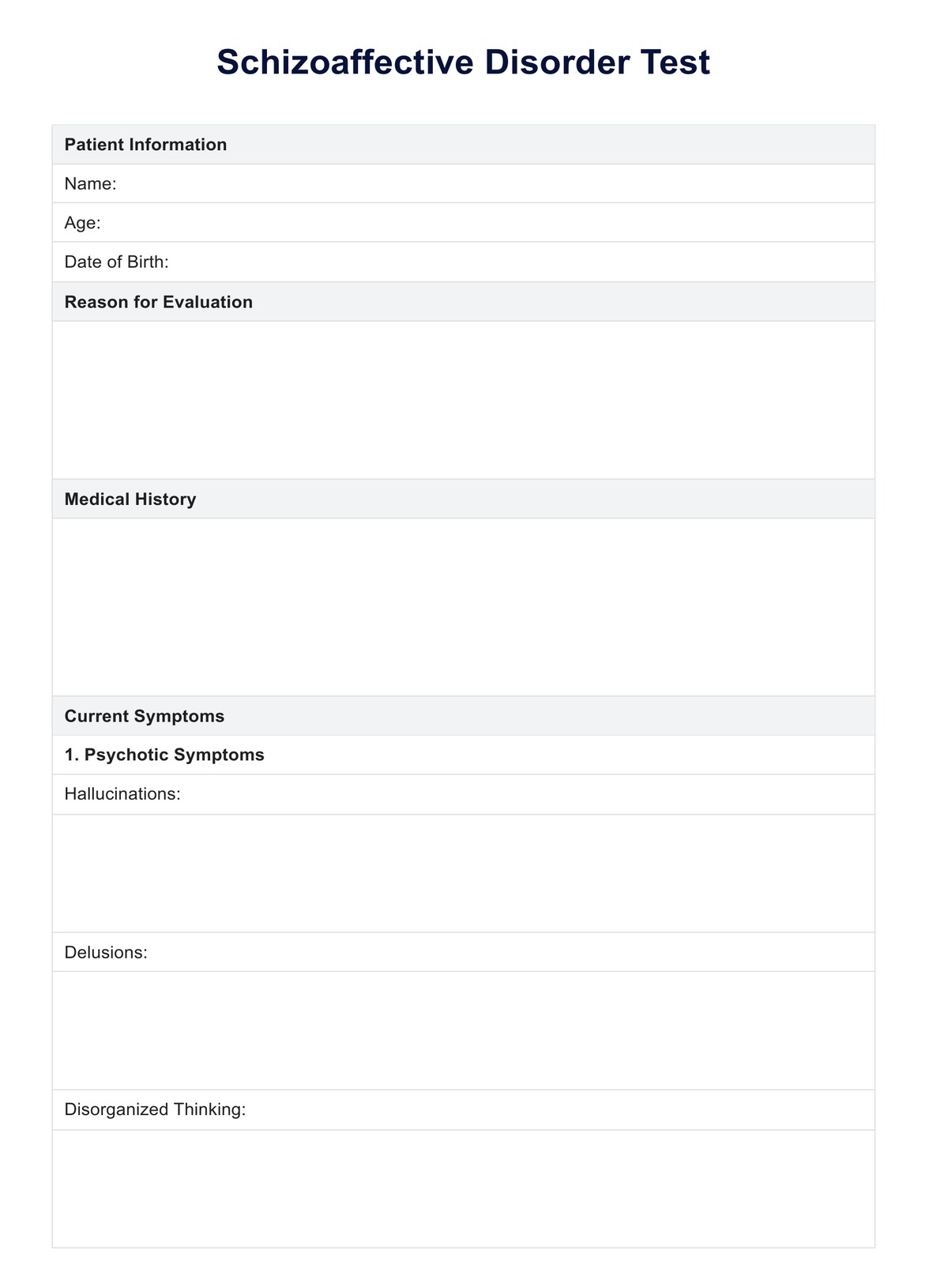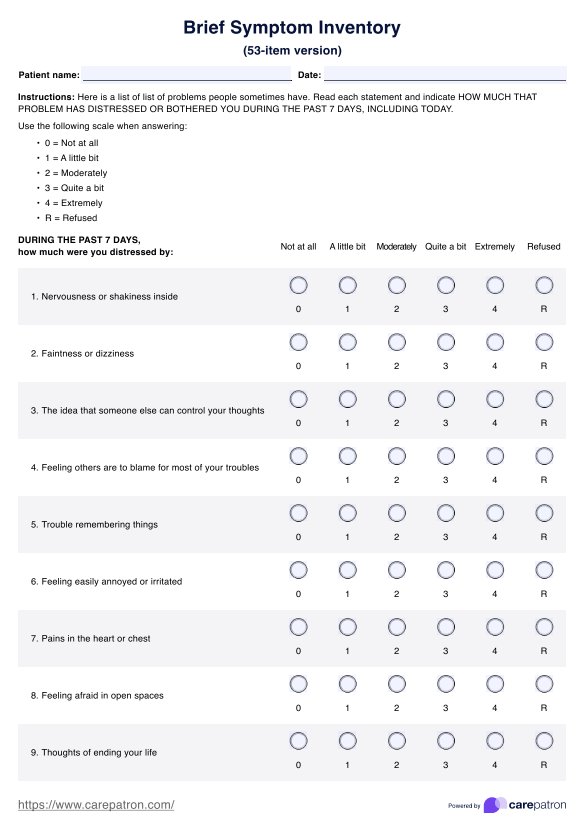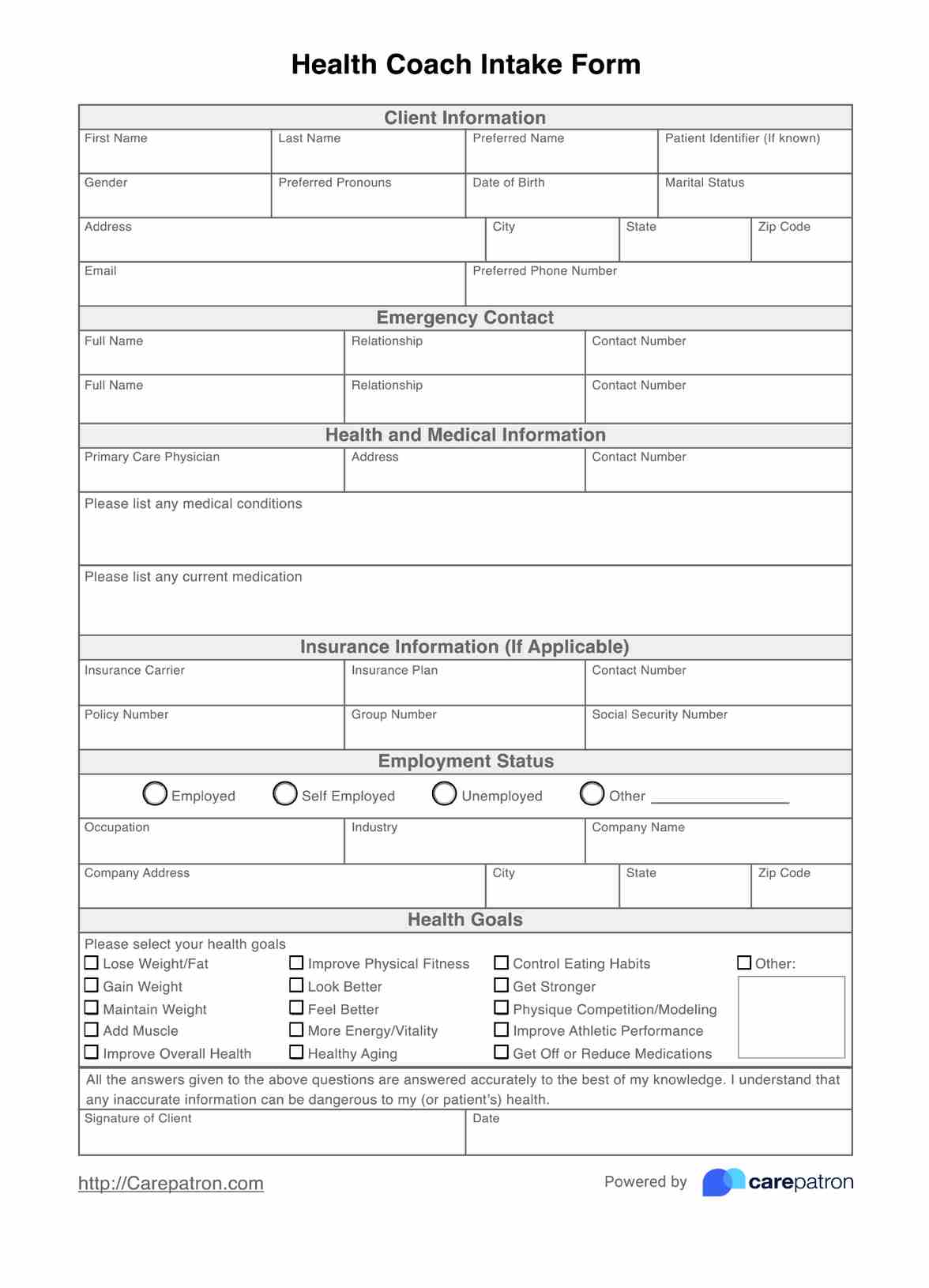AIMS Scale
Assess infant motor development with our Alberta Infant Motor Scale template. Streamline evaluations and track progress effectively.


What is an Alberta Infant Motor Scale (AIMS)?
The is a clinical tool used to assess the motor development of infants aged 0 to 18 months. This standardized scale is used to evaluate the infant's gross motor skills, including rolling, sitting, crawling, standing, and walking.
The AIMS comprises 58 items divided into four categories: prone, supine, sitting, and standing. Each item on the scale assesses a specific motor skill, and the infant is scored based on their ability to perform each task.
Healthcare professionals use the AIMS to monitor the infant's motor development progress, identify motor delays, and provide appropriate interventions. The tool is also helpful in predicting future motor development and identifying infants who may need further evaluation and intervention.
The AIMS has been widely used and validated in clinical practice and research, and it is considered a reliable and valid assessment tool for infants' motor development. It is important to note that the AIMS should be administered by a trained healthcare professional and used in conjunction with other assessments and clinical observations to evaluate an infant's motor development comprehensively.
AIMS Scale Template
AIMS Scale Example
How does this AIMS Scale work?
The Alberta Infant Motor Scale (AIMS) is a standardized tool used to assess the motor development of infants from 0 to 18 months of age.
Here is a breakdown of how the AIMS works:
- The AIMS is composed of 58 items that are divided into four categories: prone, supine, sitting, and standing.
- Each item on the scale assesses a specific motor skill, such as head control, rolling, crawling, and walking.
- The infant is scored based on their ability to perform each task. Each item is scored as "0" if the infant cannot perform the task, "1" if they can perform the task partially, and "2" if they can perform the task entirely.
- The scores for each item are added to provide a total score for each of the four categories and an overall score for the infant's motor development.
- The results of the AIMS are compared to normative data for infants of the same age and sex to determine if the infant's motor development is on track or delayed.
- The AIMS is a valuable tool for healthcare professionals to monitor the infant's motor development progress, identify motor delays, and provide appropriate interventions.
It is important to note that the AIMS should be administered by a trained healthcare professional and used in conjunction with other assessments and clinical observations to evaluate an infant's motor development comprehensively.
AIMS Scoring
The scoring of the AIMS is based on the infant's ability to perform each task, which is assessed using a three-point scale. Here is a breakdown of the AIMS scoring:
Each item on the scale is scored as follows:
- "0" if the infant cannot perform the task.
- "1" if the infant can perform the task partially.
- "2" if the infant can perform the task entirely.
The scores for each item are then added to provide a total score for each of the four categories (prone, supine, sitting, and standing) and an overall score for the infant's motor development.
The maximum possible score for each category is as follows:
- Prone: 24
- Supine: 18
- Sitting: 12
- Standing: 4
The maximum overall score is 58.
A higher score indicates more advanced motor development, while a lower score indicates delayed motor development. The results of the AIMS are compared to normative data for infants of the same age and sex to determine if the infant's motor development is on track or delayed.
It is important to note that the AIMS should be administered by a trained healthcare professional and used in conjunction with other assessments and clinical observations to evaluate an infant's motor development comprehensively.
When to use an AIMS Test?
The Alberta Infant Motor Scale (AIMS) is a valuable tool for healthcare professionals to assess the motor development of infants from 0 to 18 months of age.
Here are some instances when the AIMS test template may be used:
Routine developmental screenings
Pediatricians or other healthcare professionals may use the AIMS as part of routine developmental screenings to monitor an infant's motor development progress.
Early identification of motor delays
The AIMS can identify early motor delays, allowing healthcare professionals to provide early interventions to improve an infant's motor development.
Assessment of high-risk infants
Infants born premature, with low birth weight, or with other medical conditions affecting their motor development may undergo an AIMS assessment to determine if they need additional interventions.
Evaluation of the effectiveness of interventions
The AIMS can be used to evaluate the effectiveness of interventions to improve an infant's motor development, such as physical therapy.
Research purposes
Researchers may use the AIMS to study motor development in infants or to compare the motor development of infants with different conditions or treatments.
Who is this AIMS Scale PDF for?
The Alberta Infant Motor Scale (AIMS) test template is a valuable tool used by a range of healthcare professionals to assess the motor development of infants from 0 to 18 months of age.
Here are some of the users of the AIMS test template and their specific use cases:
- Pediatricians
Pediatricians use the AIMS test template to monitor an infant's motor development progress, identify motor delays, and provide appropriate interventions.
- Physical therapists
Physical therapists use the AIMS test template to evaluate an infant's motor development and to design appropriate interventions to improve motor skills.
Occupational therapists use the AIMS test template to assess an infant's motor development and to develop interventions to improve the infant's ability to perform daily activities.
- Developmental specialists
Developmental specialists use the AIMS test template to assess an infant's motor development and to identify any developmental delays or disabilities that may require further evaluation or treatment.
- Researchers
Researchers use the AIMS test template to study motor development in infants or to compare the motor development of infants with different conditions or treatments.
Benefits of free AIMS Assessment
There are several benefits to using a free Alberta Infant Motor Scale (AIMS) test template, which is available for download from various online sources. Here are some of the key benefits:
Accessibility
A free AIMS test template allows healthcare professionals who may not have access to the physical test booklet to administer the assessment and track the motor development of infants.
Cost-effective
A free AIMS test template is a cost-effective way for healthcare professionals to assess the motor development of infants, especially those working in low-resource settings or with limited budgets.
Convenience
A free AIMS test template can be easily downloaded and printed, allowing healthcare professionals to administer the assessment in their own time and location.
Improved outcomes
Using a free AIMS test template can lead to improved outcomes for infants, as early identification of motor delays can lead to earlier interventions and better outcomes for infants.
Research purposes
Researchers can use the free AIMS test template to conduct studies on infant motor development, allowing for a larger sample size and more widespread access to the assessment tool.
Commonly asked questions
The AIMS test template should be administered by a trained healthcare professional, such as a physical therapist, occupational therapist, or pediatrician.
No, the AIMS test template is not a diagnostic tool but rather a screening tool to assess the motor development of infants. Healthcare professionals should use clinical judgment to interpret the results and determine appropriate interventions.
The frequency of administering the AIMS test template may vary depending on the infant's age, developmental stage, and any underlying medical conditions. Healthcare professionals should follow established guidelines and recommendations for administering the assessment.


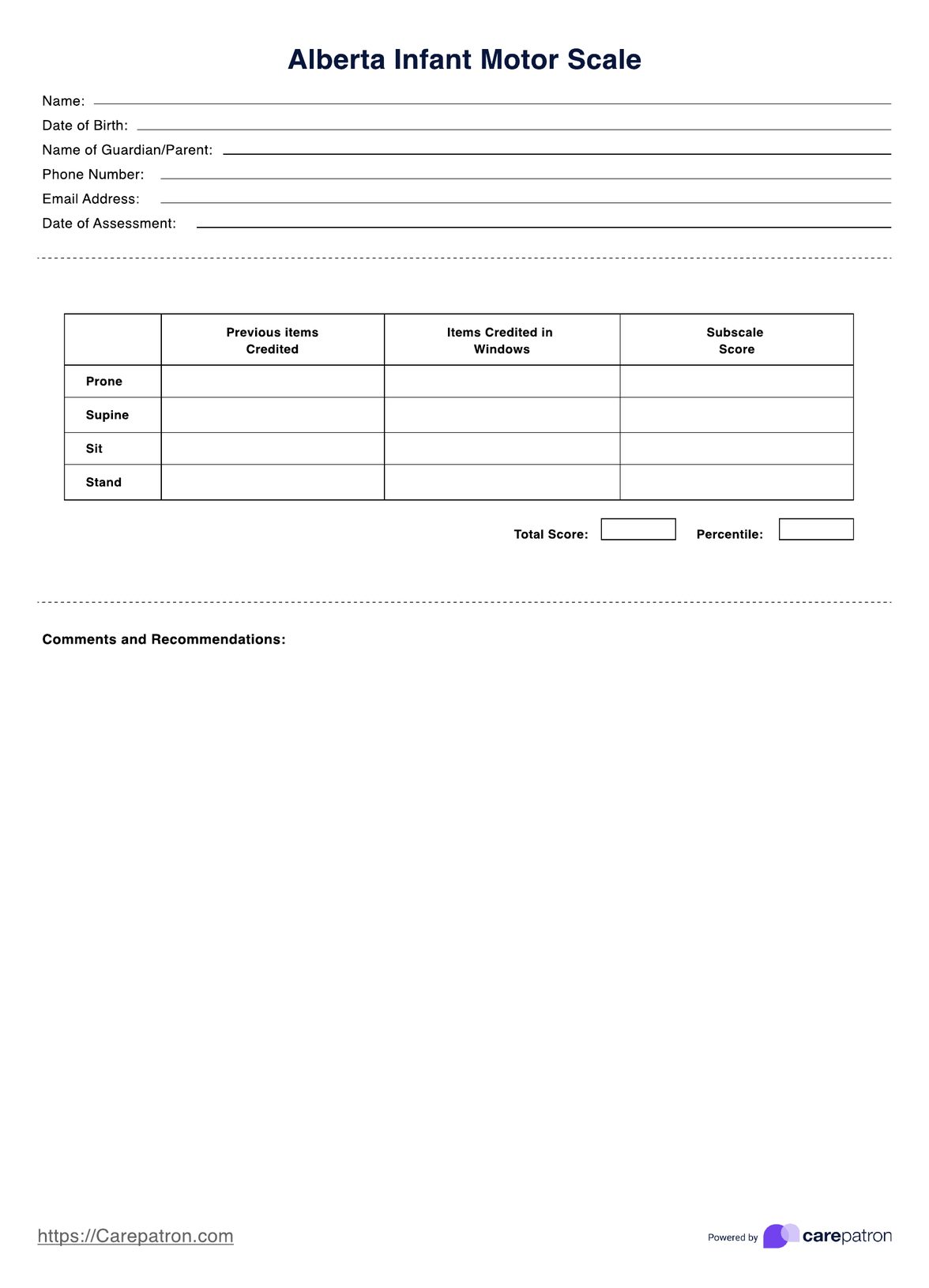
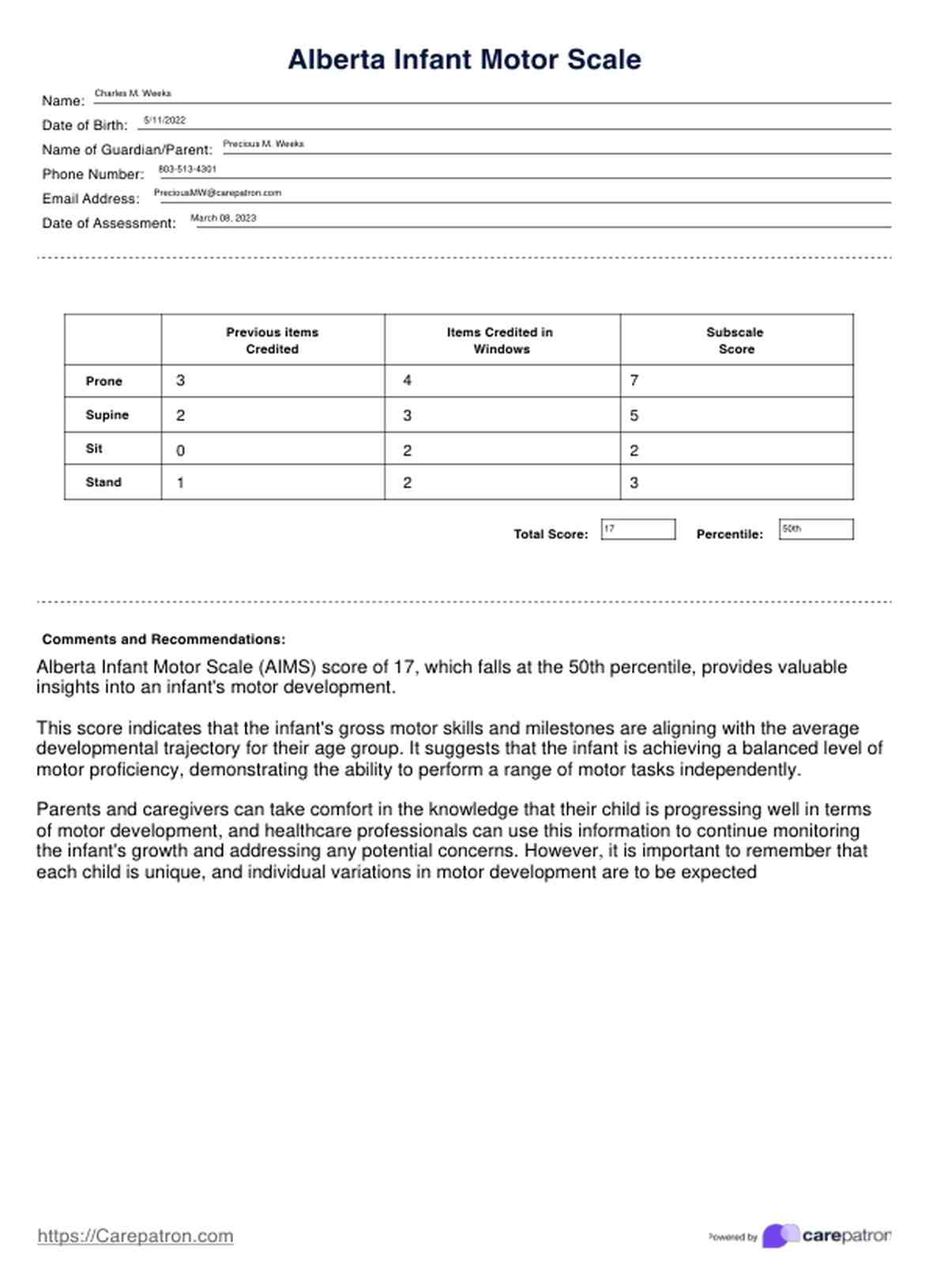



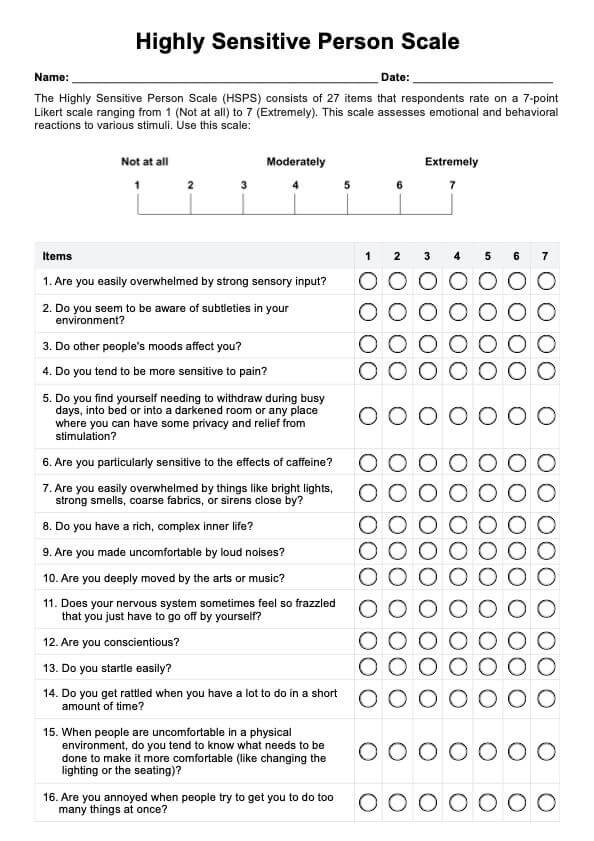









-template.jpg)























































































